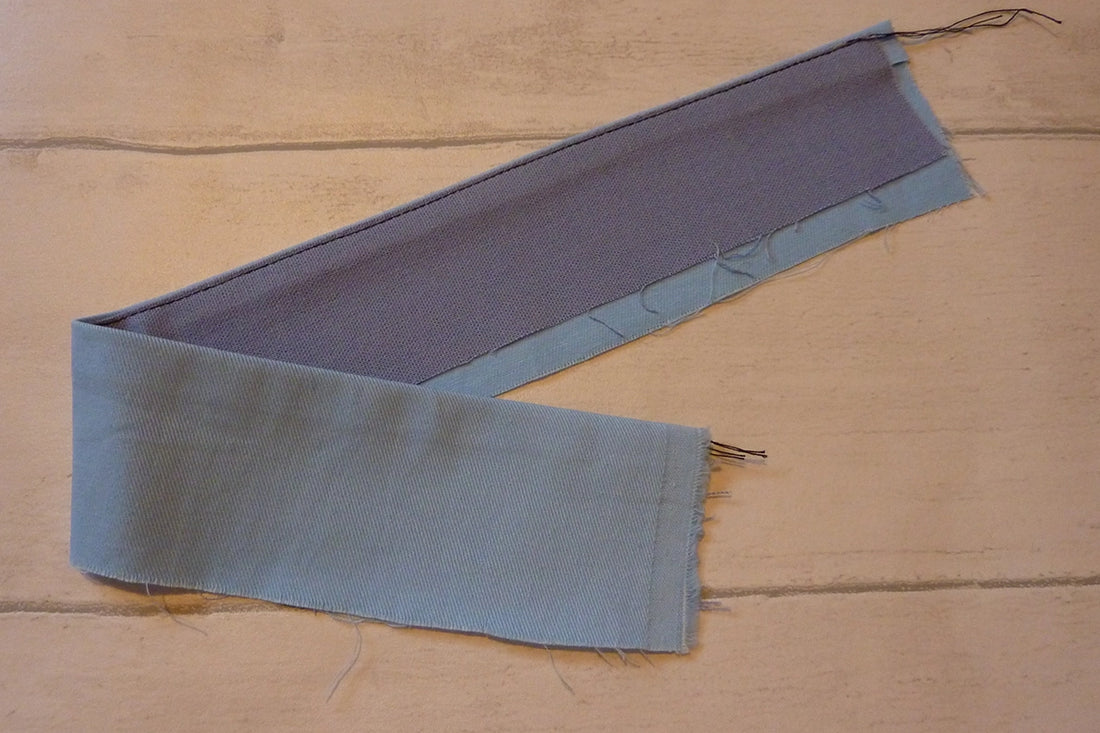
Understitching: what is it, why do it and importantly how to?
Share
Understitching is one of those steps which to a novice or when in a hurry seems to be an unnecessary step, possibly even an inconvenience, but when performed properly helps to elevate a home-made garment to a handmade garment. Carol Bentley explains…

So, what is it?
Understitching is basically a line of stitching, which is added to a garment that has a facing or lining. It’s often used at the neck edge or armscye.
Understitiching is applied, on top of both the facing (or lining) and the seam allowance, anchoring the facing inside, away from the neat right-side edge of the garment. This ensures that the facing or lining is unseen from the right side of the garment, it will also help stop the facing popping out when you want it to stay neatly inside!

Here you can see two different fabrics sewn right sides together.

Then folded over to sit inside the garment, with the seam allowances sandwiched in the middle. Which is where it needs to remain.

Next, we open up the fabric from its lining and press the seam allowances towards the lining.

The understitching is sewn along the lining or facing close to the edge, anchoring the lining to the seam allowances. This will keep the facing or lining neatly on the inside of your garment.

Next the facing complete with understitching is pressed neatly to the inside.
Although from the outside of the garment, the understitching should not be seen, its worthwhile taking your time and making a tidy job as you will see it on the inside of your garment.
It’s such a neat little technique to add to your sewing skills, and certainly will help to elevate your makes toward the professional!






